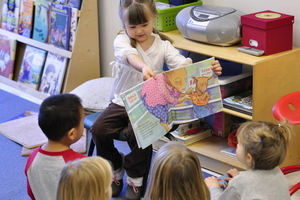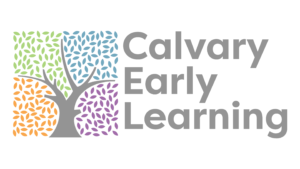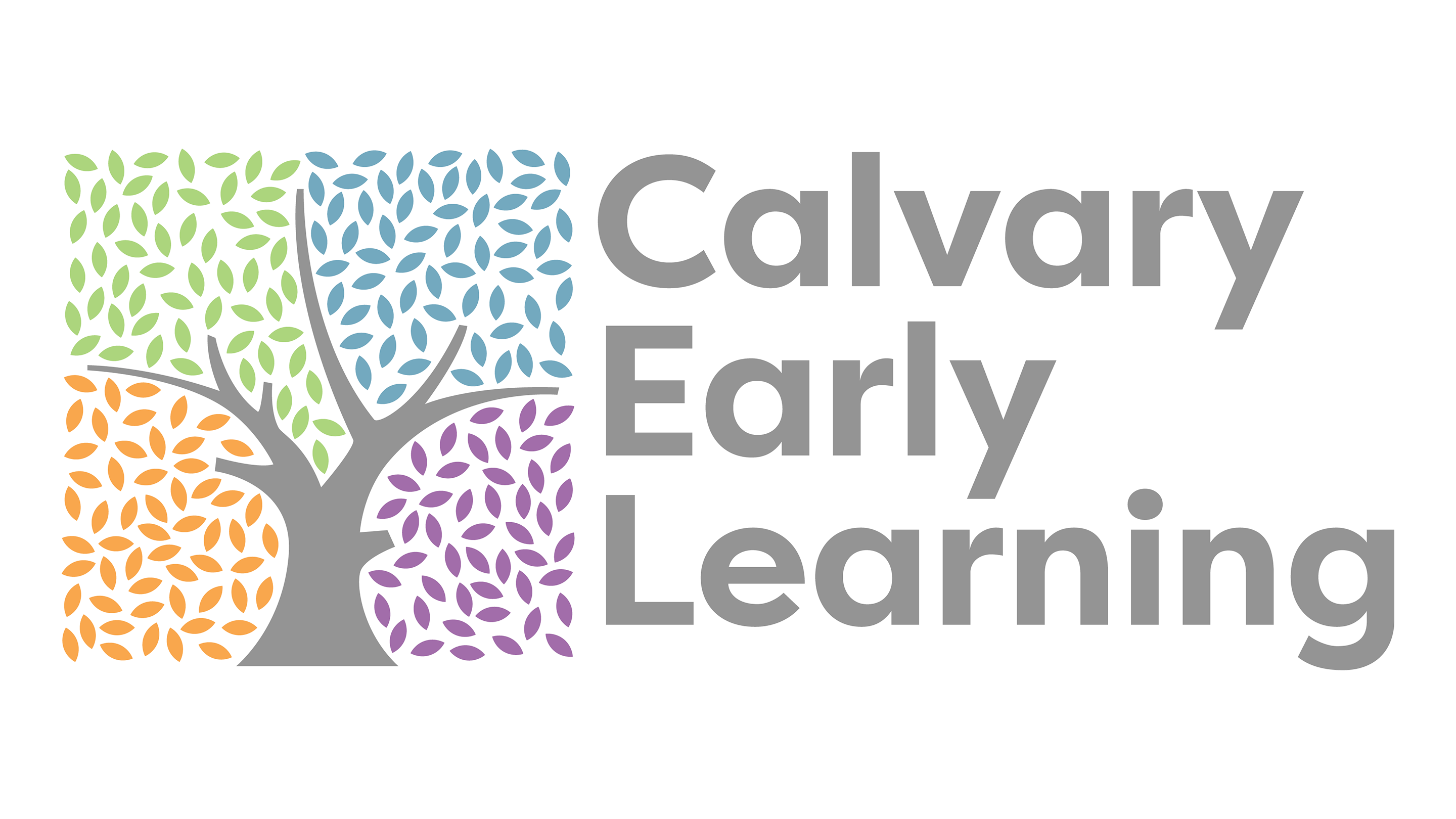Preschooler Curriculum
 Our preschool teachers provide a developmentally appropriate learning environment in which all children are encouraged to learn at their own pace and in their own style. By providing a combination of child-guided and adult-guided learning opportunities, children are able to master their environment and be successful in all that they do.
Our preschool teachers provide a developmentally appropriate learning environment in which all children are encouraged to learn at their own pace and in their own style. By providing a combination of child-guided and adult-guided learning opportunities, children are able to master their environment and be successful in all that they do.
HighScope’s preschooler curriculum recognizes 58 key developmental indicators (KDIs). These are the building blocks of thinking and reasoning at each age of development.
These KDIs are divided into five content areas:
- Approaches to learning
- Language, literacy & communication
- Social & emotional development
- Physical development, health & well-being
- Arts & sciences
Daily Schedule
A typical day in our preschool rooms features…
Morning meeting (5-10 minutes)
All children gather and share daily announcements with each other. These announcements might include letting children know about things that are happening today, who is at school versus home, possible changes in the daily schedule and any other topic that may seem relevant for the class. This is also the time of day that the message board is utilized.
Planning time (10-15 minutes)
Children express their intentions about what and how are they going to spend their work time in the classroom.
Work time (45-60 minutes)
Children carry out their plans that they made during planning time. They work in the room and experience the areas of learning that have been set up by the teaching staff. This is when children are able to work on social skills, problem solving and construct knowledge … as well as to build new skills. Teachers have an opportunity to observe children and gain insight into each child’s development.
Recall time (10-15 minutes)
Children meet with a teacher to recall and reflect on their actions and what they learned during work time. Because the children planned their own work time, their experiences will be more meaningful and have lasting impressions as they continue their day.
Large-group time (10-15 minutes)
Large group time is when all children and adults participate in an activity together. This may involve a music/movement activity, a group storytelling experience, a nature walk or a group-planned game. Large-group time is planned and initiated by adults, but children are given many choices.
Small-group time (15-20 minutes)
A small group of children meet/works with the same adult every day. This is a time that is planned by the teachers for their specific group of children and changes as needed. This small group of children begin to build strong bonds with each other and the teacher.
Outside time (30-40 minutes)
Children can enjoy physical, noisy and vigorous play. Teachers are actively engaged with children at all times, including outside.
Transitions
Throughout the day, children experience many transitions. These in between activities are important and are handled in the same consistent ways as all other daily activities.
Meals & snacktimes
Eating together is done in small groups with the same teacher and children who gather together for planning, recall and small-group time. This continues to provide an outlet for social interaction as children and teachers enjoy relaxed conversation together.

